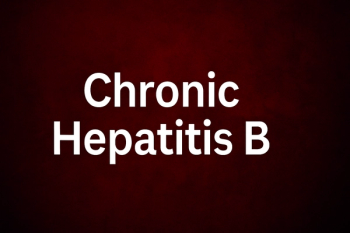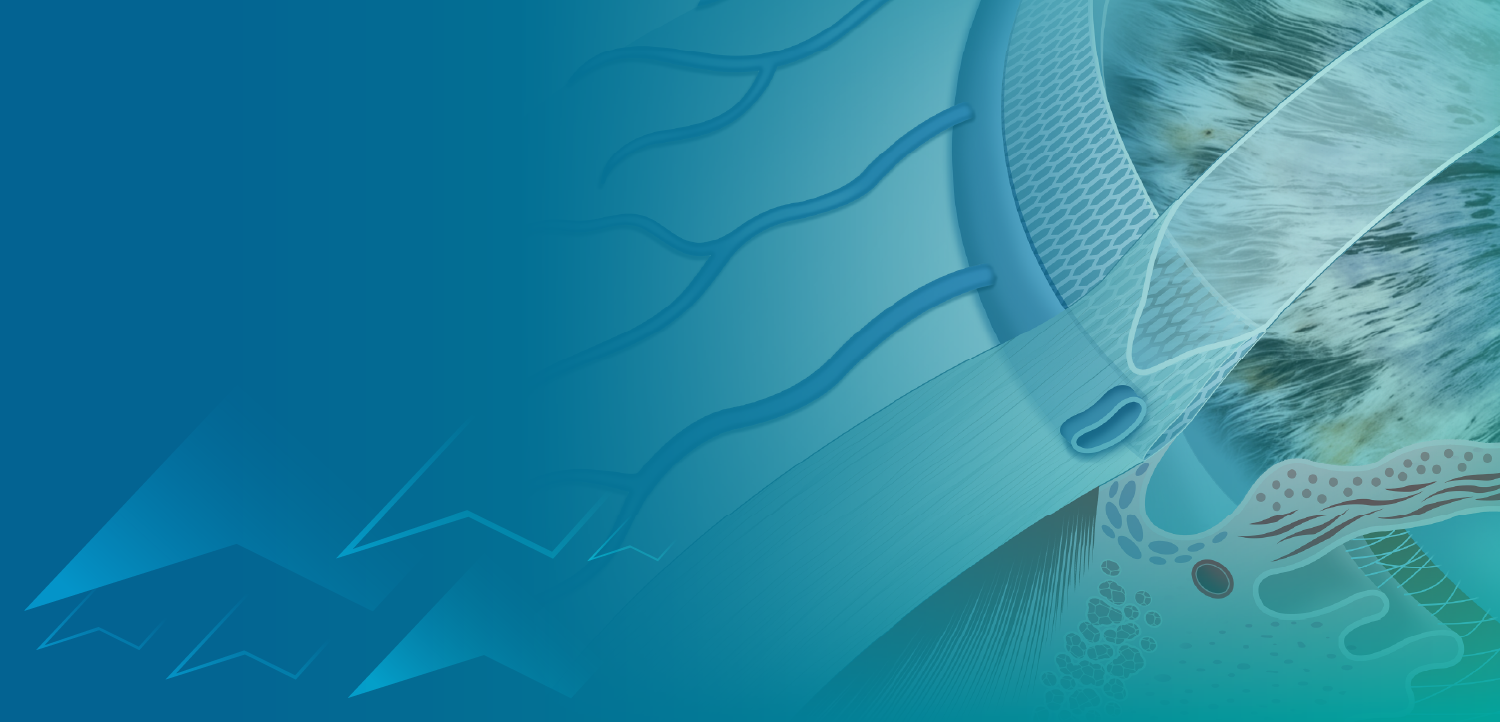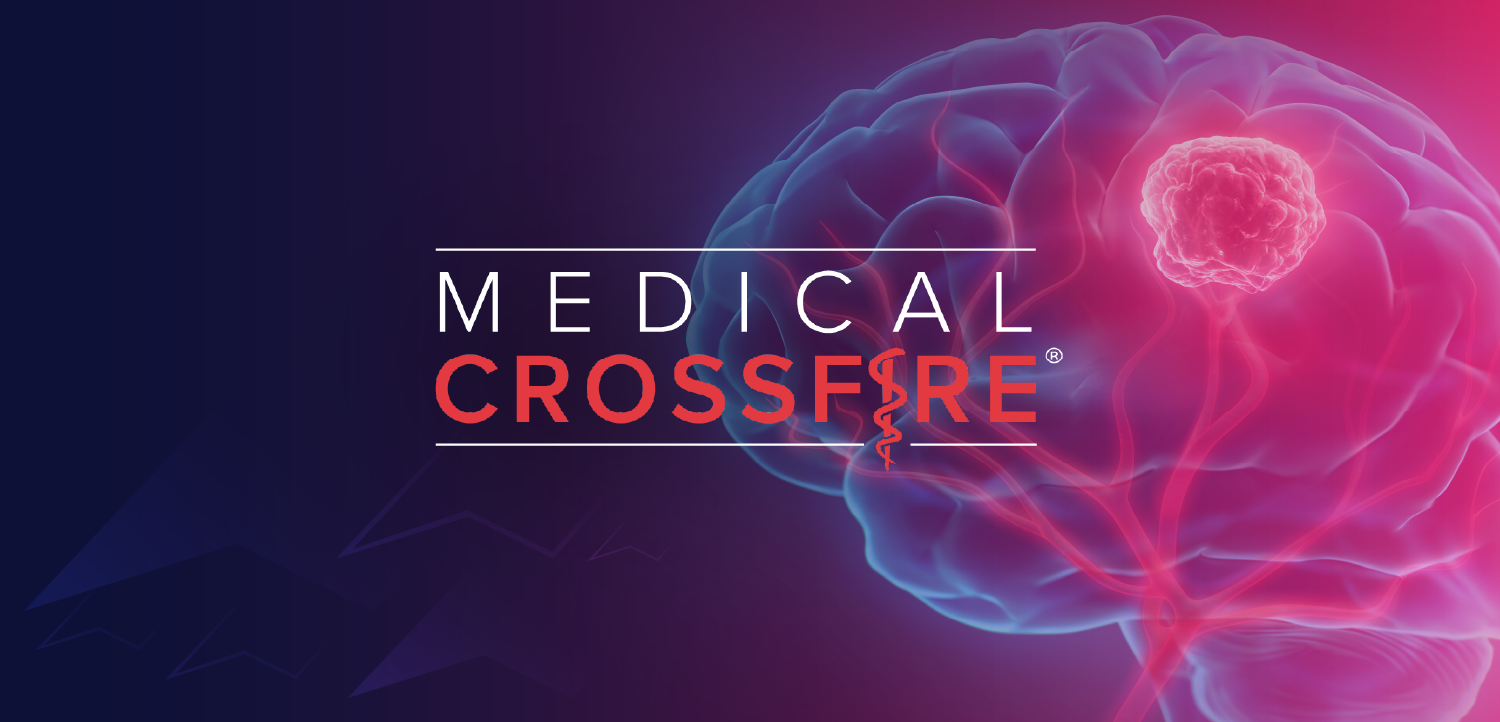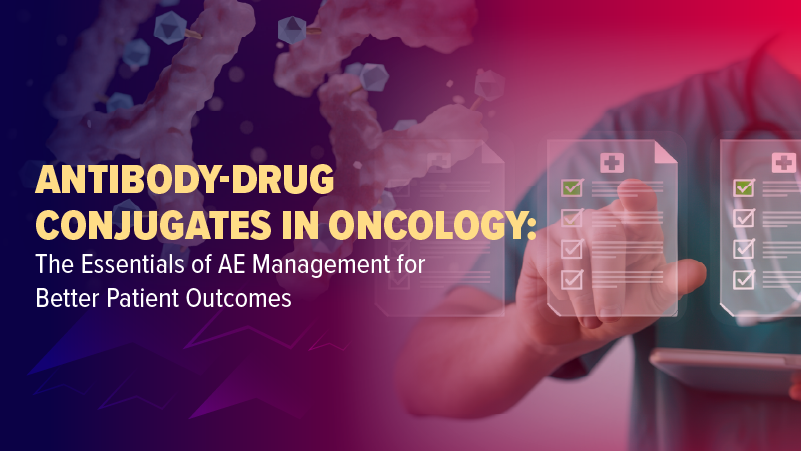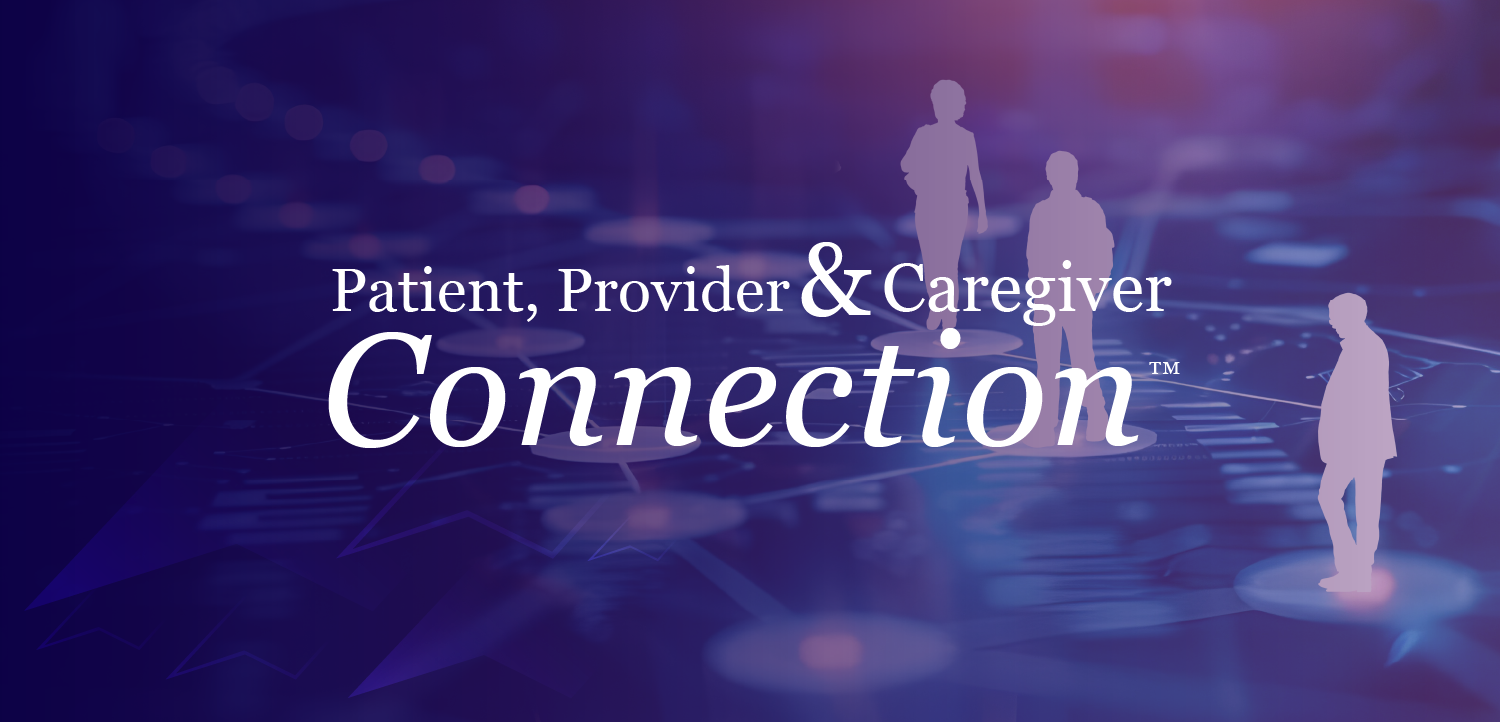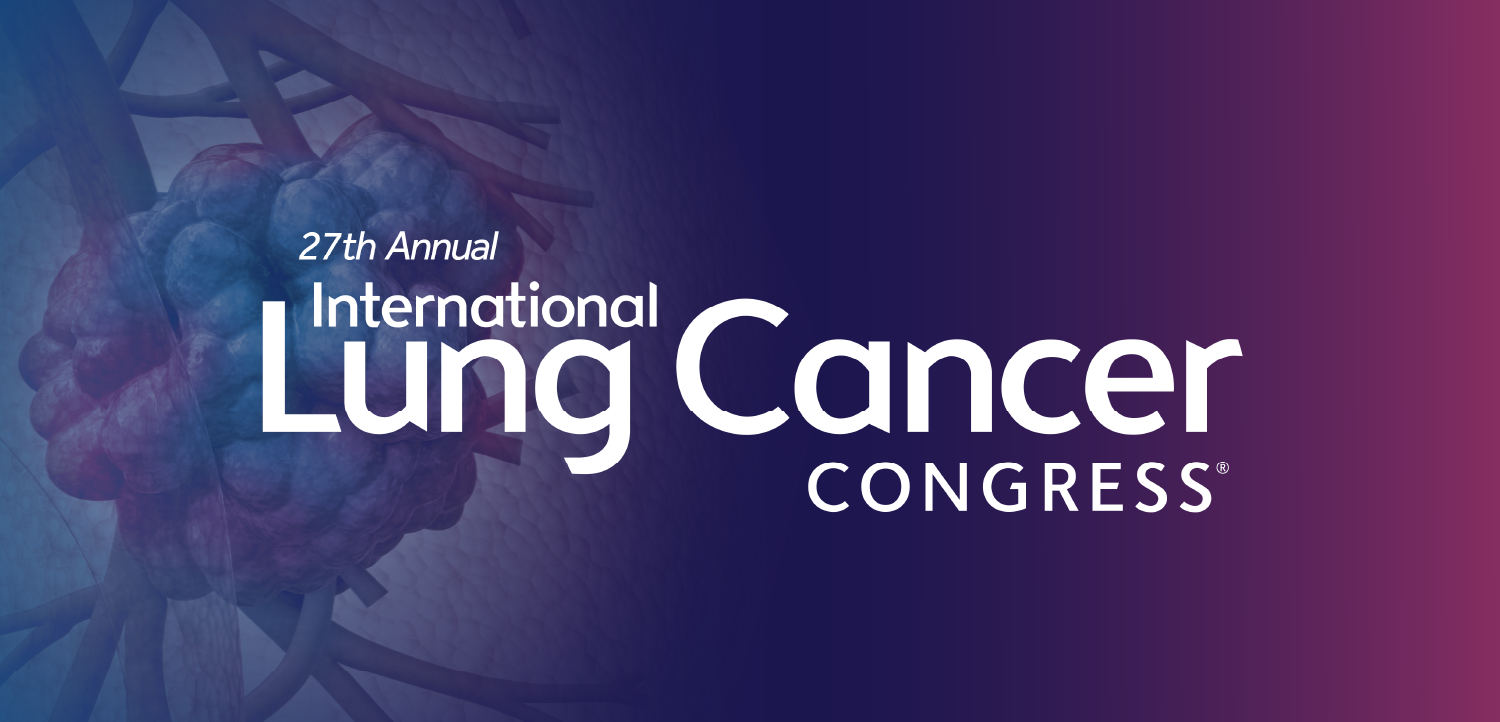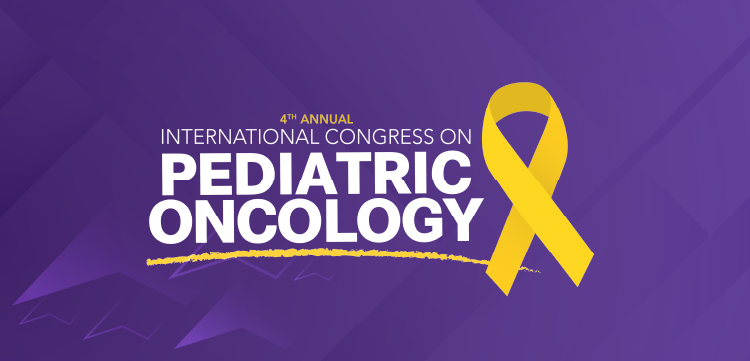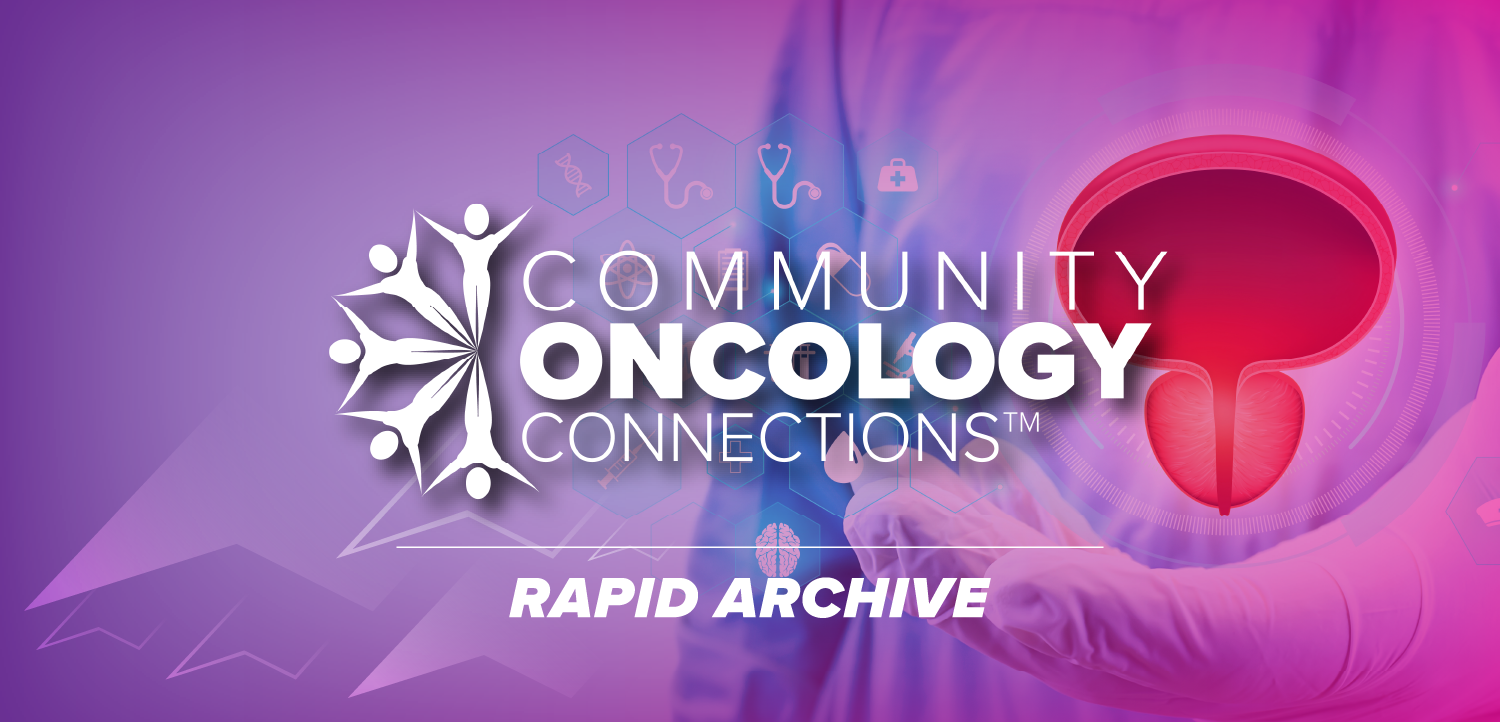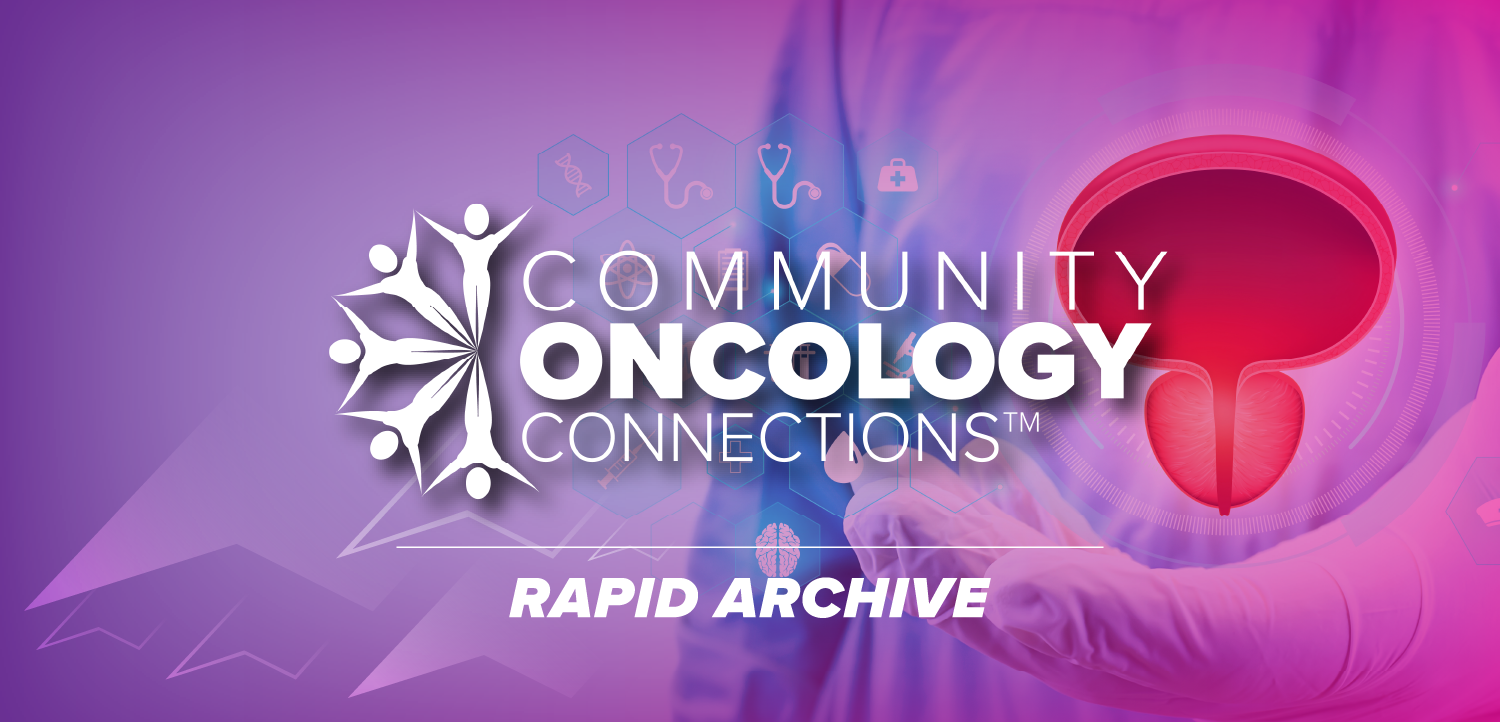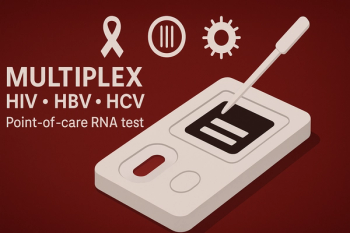
Rifampicin Safer than Isoniazid for Latent Tuberculosis, Study Suggests
Rifampicin should become a primary treatment options for latent tuberculosis, according to a recent study that found that safety of the drug is greater than that of isoniazid in patients without contraindication.
Rifampicin appears to be safer than isoniazid for treatment of latent tuberculosis for many patients, according to a new study by investigators at the McGill International TB Centre.
The study,
“I think the biggest takeaway from this research is that rifampicin appears to be very safe,” lead author Jonathon Campbell, PhD, of the Montreal Chest Institute and the McGill International TB Centre at the Research Institute of the McGill University Health Centre, told Contagion®.
“It has significantly fewer adverse events than isoniazid, which are not associated with age. We've seen several rifamycin-based therapies—such as 3 months of once-weekly rifapentine and isoniazid or three months of daily rifampicin and isoniazid—compared to isoniazid, however none of them have been shown to be safer. Rifampicin given daily for 4 months is the first rifamycin-based therapy to have this characteristic. I think it's an important step forward to have safe, short, and effective latent tuberculosis regimens available to patients. Rifampicin is also available in all countries making this a truly universal therapy.”
The study, funded by the Canadian Institutes of Health Research, found that 86 (2.7%) of the patients who received isoniazid experienced adverse events compared with 50 (1.5%) of those who received rifampicin. Adverse events were associated with age in the isoniazid group but not the rifampicin group, for which adverse events were associated with inconsistent medication adherence and concomitant medication use.
“I think we were a bit surprised when we took a look at the age relationship with adverse events,” Campbell told Contagion®. “You generally need a lot of patients to be able to tell if the trends you are seeing are 'real,' so with rifampicin we hadn't had this opportunity previously. With isoniazid we saw a significant increase in adverse event risk after the age of 35, but with rifampicin we did not see any increase in adverse events with older age.”
Adverse events included in the study were grade 1-2 rash or any grade 3-5 adverse event. Being age 35 and older was the only predictor of adverse events among the isoniazid group. Three-quarters of all hepatoxicity, which was associated with older age and elevated alanine aminotransferase levels before treatment, occurred within the first 4 months, the study noted. For patients receiving rifampicin, the odds of adverse events were associated with missing more than 3 doses per month and concomitant medication use.
Among those age 65 and older, none taking rifampicin had grade 3-4 hepatotoxicity, compared with 7 (6%) among those age 65 and older taking isoniazid.
“The main takeaway is that when rifampicin is not contraindicated due to concomitant medications or allergies, it should be a primary treatment option considered by clinicians and health care providers who prescribe latent tuberculosis treatment,” Campbell told Contagion®. “Latent tuberculosis is completely asymptomatic, so safety should be the major consideration for providers and patients when deciding on treatment.”
Testing to rule out active tuberculosis could address fears of propagating rifampicin-resistance through monotherapy of active tuberculosis, the study noted, adding that there was no difference in drug resistance between the two groups and 1 case was noted in each group.
“The next steps for us are to take a look into patient and clinical factors associated with early discontinuation of treatment, which could help inform evidence-based interventions to help patients finish therapy,” Campbell told Contagion®. “We're also currently finishing up some work looking at the costs associated with rifampicin treatment, which we hope to have published soon.”
The World Health Organization reported that more than 7 million people worldwide
The risk of contracting TB is 16 to 27 times greater for people living with HIV, for whom TB is a major cause of mortality. The deadly combination of these disease had been the focus of
Newsletter
Stay ahead of emerging infectious disease threats with expert insights and breaking research. Subscribe now to get updates delivered straight to your inbox.




